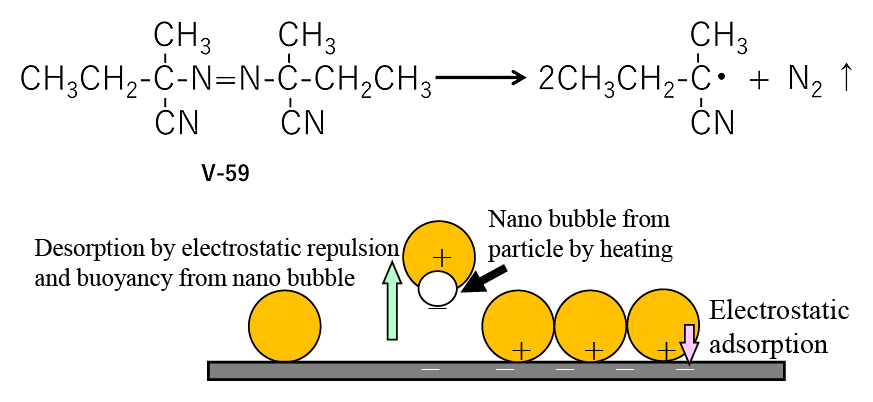Hosokawa Powder Technology Foundation ANNUAL REPORT
Annual Report of Hosokawa Powder Technology
Foundation founded for the purpose to contribute to the
promotion and advancement of powder technology
Annual Report of Hosokawa Powder Technology Foundation, which was founded in December, 1991 for the purpose to contribute to the promotion and advancement of powder technology, includes the report of the business contents and present status of the foundation in each fiscal year as well as the research reports submitted by the awardees supported by the foundation. The details of the activities of the foundation are opened in its homepage on the website(http://www.kona.or.jp/en/index.html).
Read more
Annual Report of Hosokawa Powder Technology Foundation, which was founded in December, 1991 for the purpose to contribute to the promotion and advancement of powder technology, includes the report of the business contents and present status of the foundation in each fiscal year as well as the research reports submitted by the awardees supported by the foundation. The details of the activities of the foundation are opened in its homepage on the website(http://www.kona.or.jp/en/index.html).
Published by
Hosokawa Powder Technology Foundation
701 registered articles
(updated on December 19, 2025)
(updated on December 19, 2025)
Online ISSN : 2189-4663
ISSN-L : 2189-4663
ISSN-L : 2189-4663
RESEARCH REPORT / TECHNICAL REPORT
OPEN ACCESS








